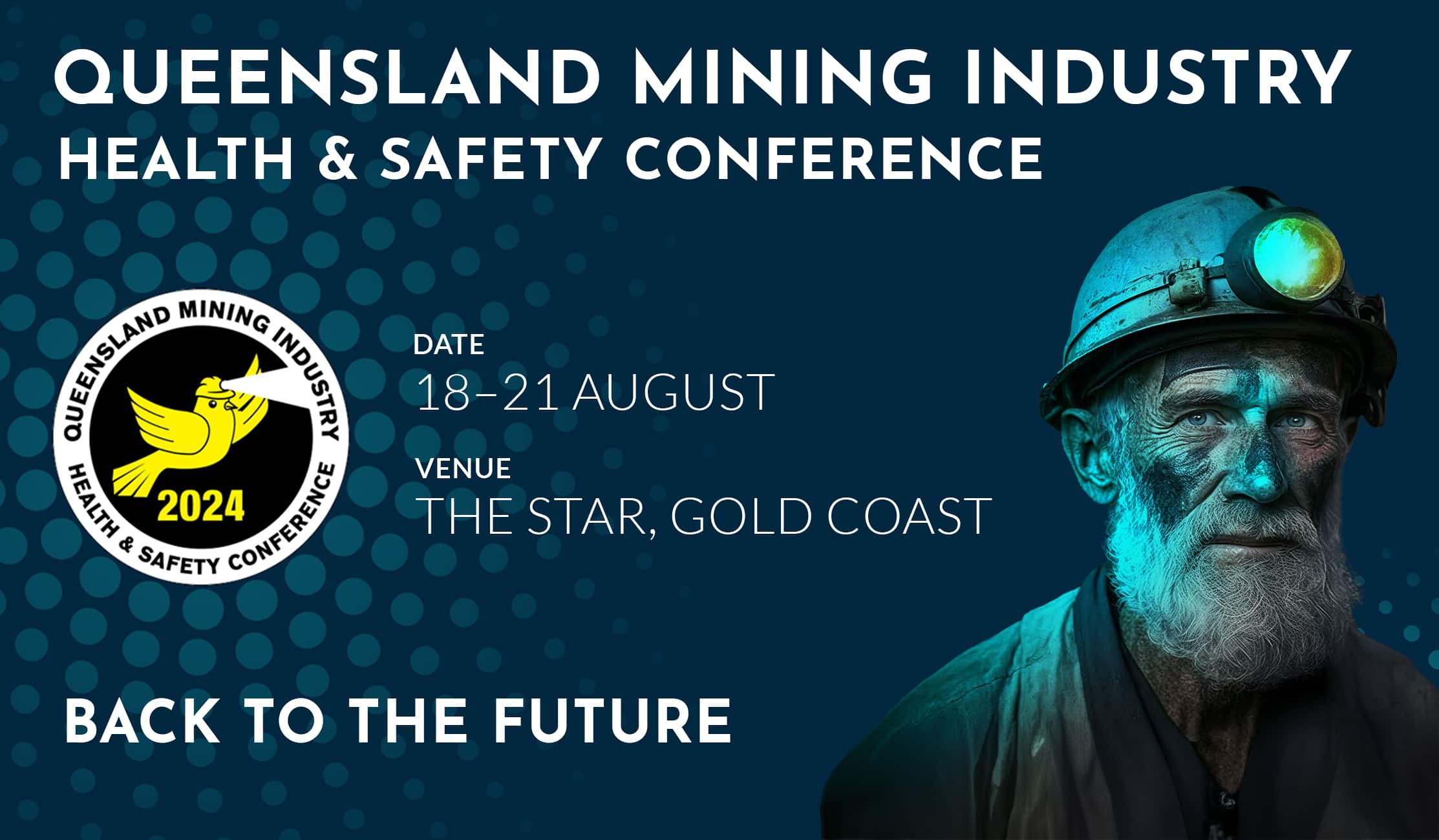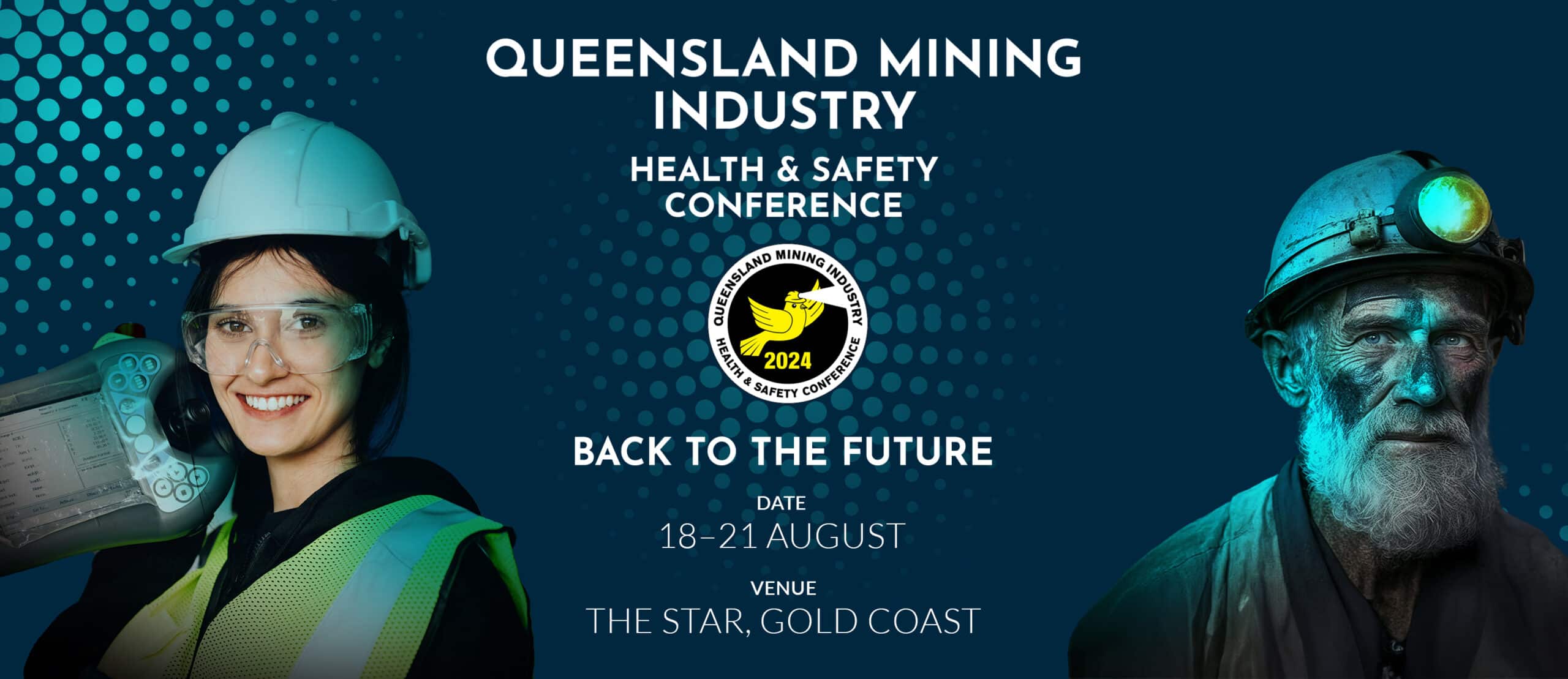Clive Hanrahan
Operations Manager – Mine Inertisation, Queensland Mines Rescue Service
Due to the mining environments in some underground operations, particularly longwalls, where the void space in the goaf becomes wider and longer, the potential for spontaneous combustion and fire events is possible and, in some cases, has happened.
The nitrogen foam table is relatively quick to deploy, set up and become operational delivering the gas mixture to the required area. The water in-foam cools the heating whilst the nitrogen gas displaces the oxygen.
Using the nitrogen foam table supplies a medium of water foam and nitrogen gas. The water in-foam cools the heating – one leg of the fire triangle whilst the nitrogen gas displaces the oxygen – second leg of the fire triangle.
The nitrogen foam table allows for the distribution of the gas/foam mixture to either one borehole or by opening secondary valving, an additional borehole can be treated at the same time. Where a spontaneous combustion/fire event has been identified mid pillar, the utilisation of the table to treat two boreholes at the same time will greatly assist in the reduction or elimination of that event.
When drilling boreholes from the surface into underground voids the nitrogen foam table allows the gas/foam mixture to be utilised to create an inert shield whereby the foam acts as a wetting agent to prevent any incendive sparking during the drilling process & the gas displaces any potential oxygen present.
In mining areas: Such as the maingates of longwalls where there is oxygen contained within the airwash zone the gas foam mixture could be utilised to create a “plug” behind the maingate face end shields which would reduce / eliminate any airwash issues. The table can be readily located adjacent to a seal site either prior to or after the seal installation. The gas/foam mixture can be distributed from the nitrogen foam table via piping through the erected seal or hosing through the proposed seal site.


